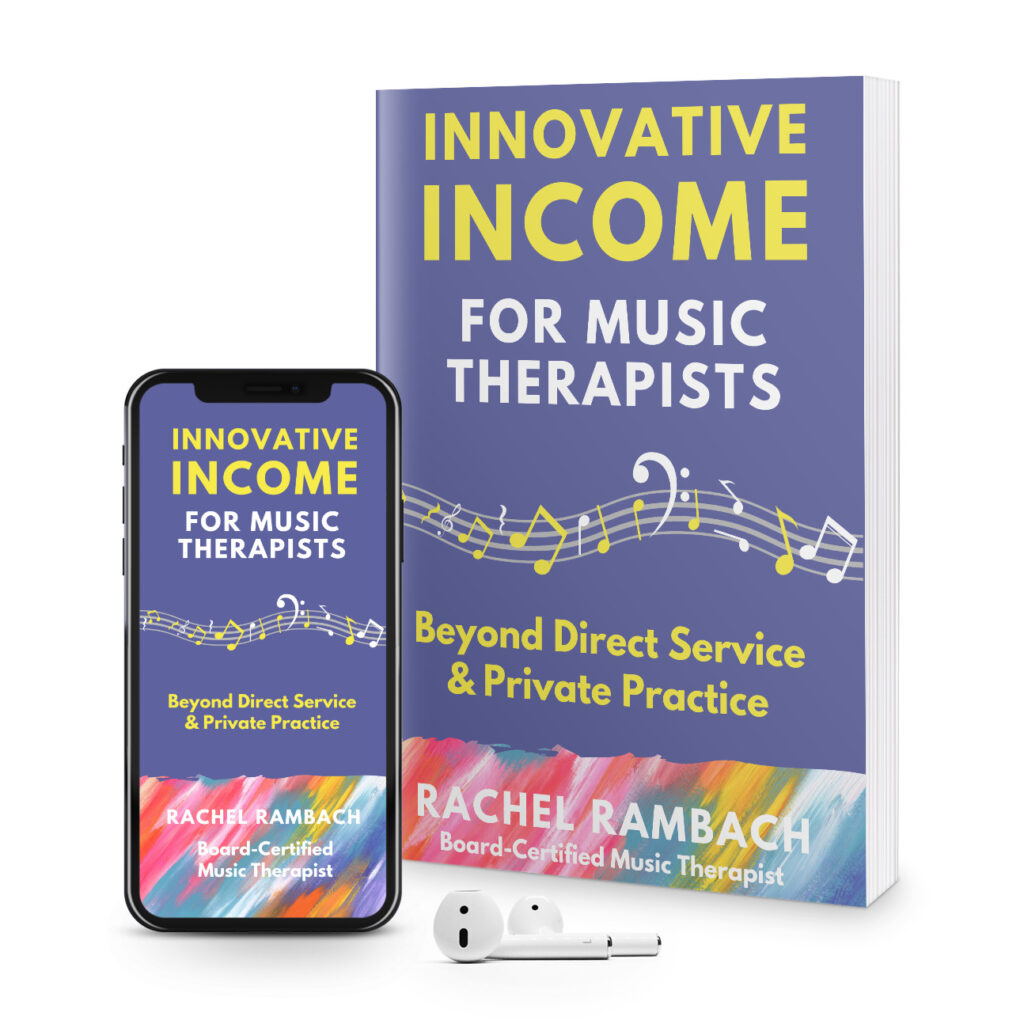
Visual aides are an essential part of my music therapy practice, and I use them every day. I wouldn’t have believed you if you had told me five years ago that I would spend my nights with my laminator (yes, of course I have my own laminator) making endless visual aides, but I would seriously be lost without them!
I like to use visual aides in a variety of ways: to reinforce directions and concepts, identify body parts, or indicate which child’s turn it is. For many children, verbal language or sung lyrics are difficult to process or too quick for them to process, but by adding visual aides, children are able to intake information using the visual and auditory systems, and have more opportunities to be successful.
Many songs benefit from visual support, but in this post, I will highlight a few goal-oriented songs with which I always pair visuals.
Some of the goals addressed in these songs:
- Improve object identification
- Improve turn-taking skills
- Increase socialization through peer interaction
- Improve fine and gross motor skills
- Increase sustained attention
- Improve rhyming skills
“Who’s Jingling Now” is a fun song that motivates children to sustain focus and listen carefully for their turn to play. For some children, displaying their picture or name while giving them a sung cue can help them be more successful in identifying their turn.
For children who are ready for a challenge, I will omit singing names and instead just display their picture or name. For young children, identifying their name or own picture is a skill that they are learning to master, and an appropriate challenge, which makes this song an essential in my repertoire.
“Five Orange Pumpkins” is just one of many counting songs that are so much more effective when visuals are involved. Pairing a counting song with pictures that can be counted and manipulated helps children to get a more concrete understanding of numbers and provides the opportunity for 1:1 correspondence.
At the start of this song, I’ll lay out 5 pumpkin visuals in front of the child or group, and then as each pumpkin is taken away during the verses, I have them physically remove one of the visuals and then count the remaining pumpkins.You’ll most likely also address impulse control during songs like this one, since younger children like to pick up and play with allllll the pictures ;)
“Animal Rock” is a catchy song that I use to promote creative thinking and gross motor movements. I like to use cute cartoon visuals of animals to indicate which creature the children will be moving like next. The children are challenged to identify the animal and then use their working memory to recall how each animal moves.
Another way that “Animal Rock” can be adapted is that each child can shake an animal jingle bell shaker, and will be encouraged to only play when they hear (or see) their animal sung about in the lyrics. Talk about a challenge, and a beneficial one too!
“Down by the Beach” is a great introduction to rhyming, and to a familiar and catchy tune. Rhyming is fun and can be silly, but really challenging. Visual aides can perfectly pair with this challenging concept so that children can better understand rhyming.
I created a small stack of matching game style picture cards, and encourage children to identify the object on the card. Typically, I present children with a choice of two or three cards that potentially rhyme with the original card, and challenge them to identify the one that rhymes.
Visual aides are essential and incredibly beneficial in music therapy sessions and music classes since they can help make our students and clients more successful, and there’s nothing more important than that!
Tell me in the comments below: what are some ways that you use visual aides in music therapy sessions or music classes?
You can listen to all of these songs in their entirety right here. Lyrics, chords, mp3, and instrumental track for these original songs are available for download. As is the case for all Listen & Learn Music creations, we invite you to adapt this song as needed to best serve your students and/or clients.











